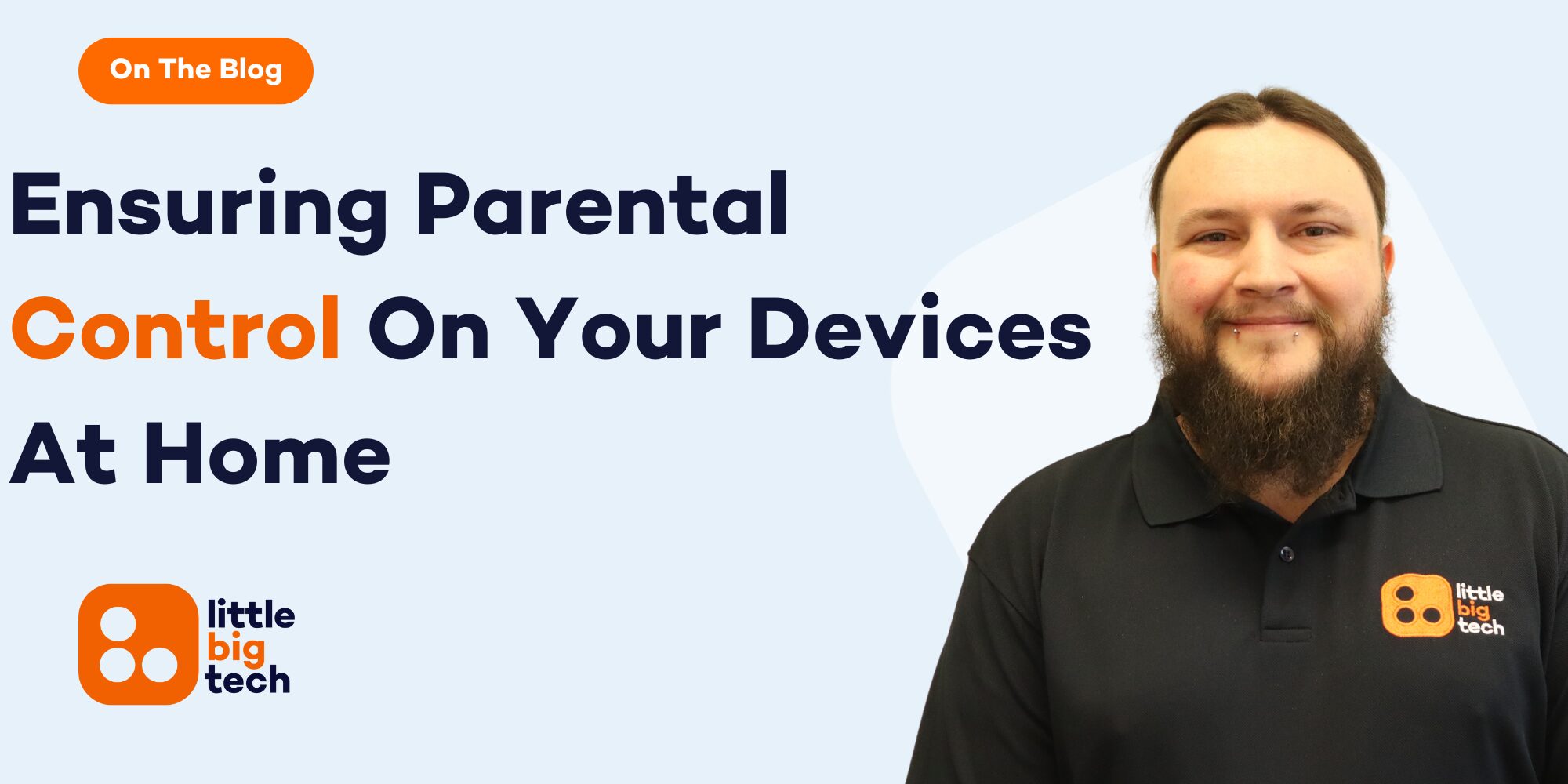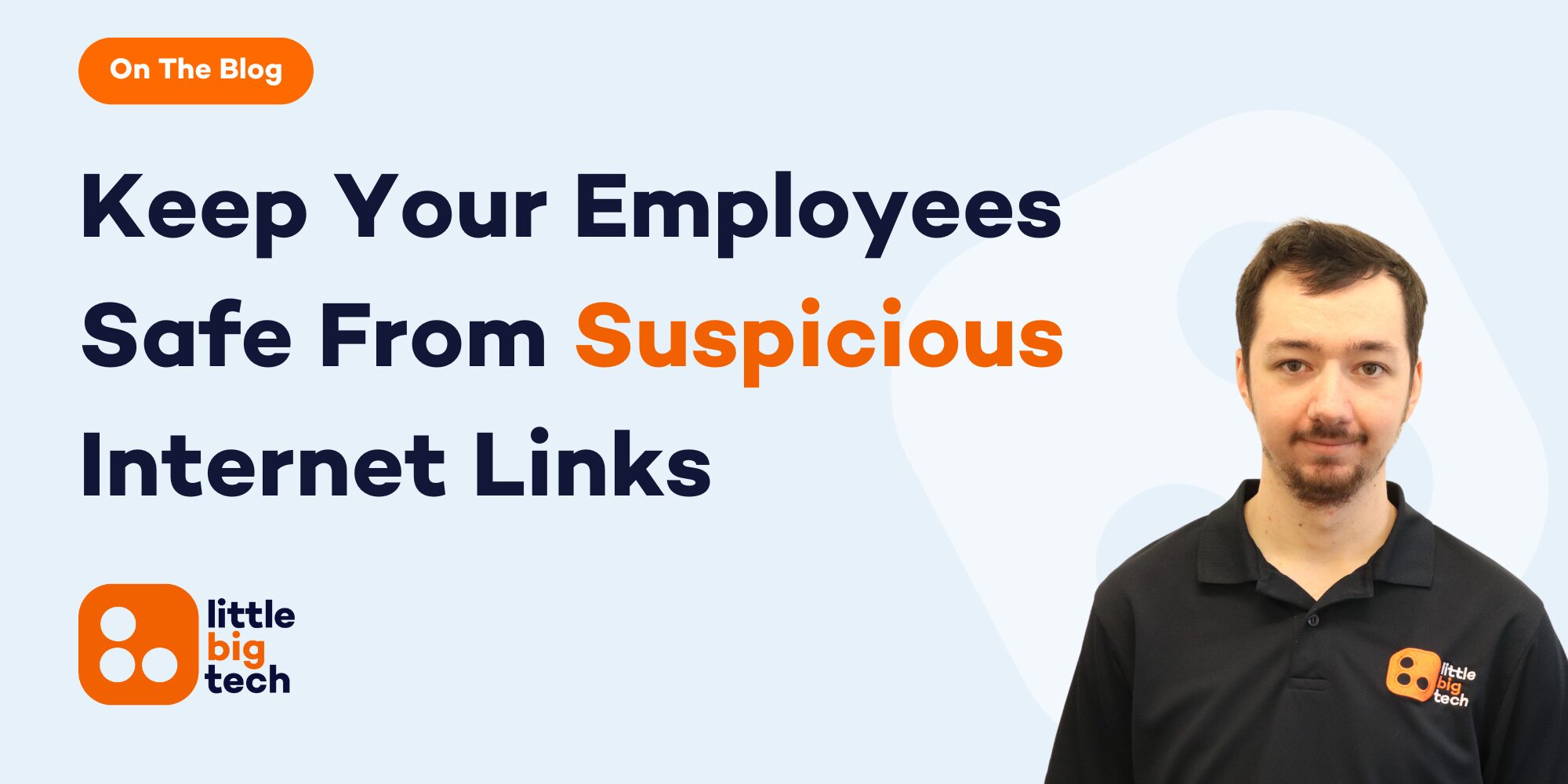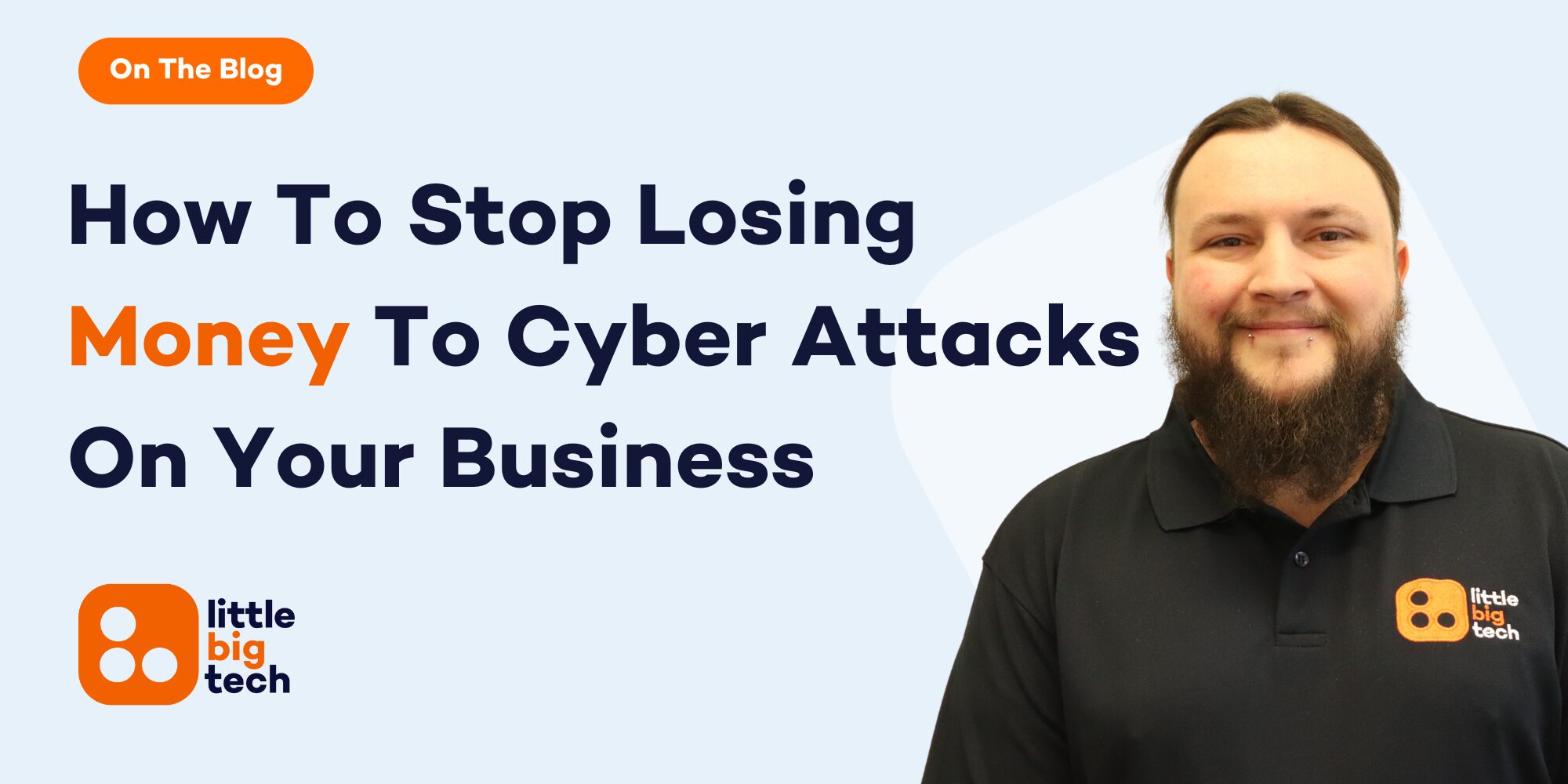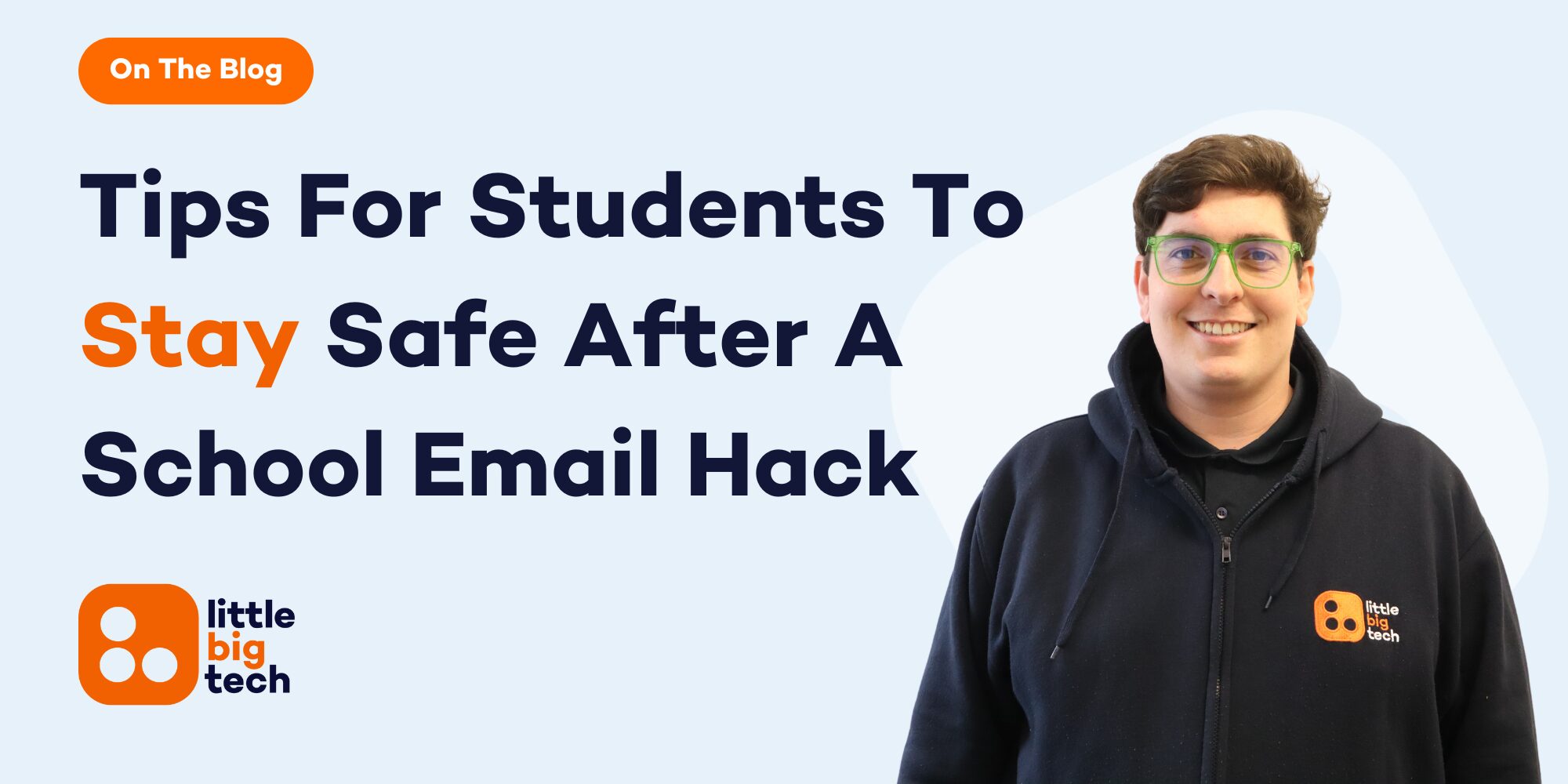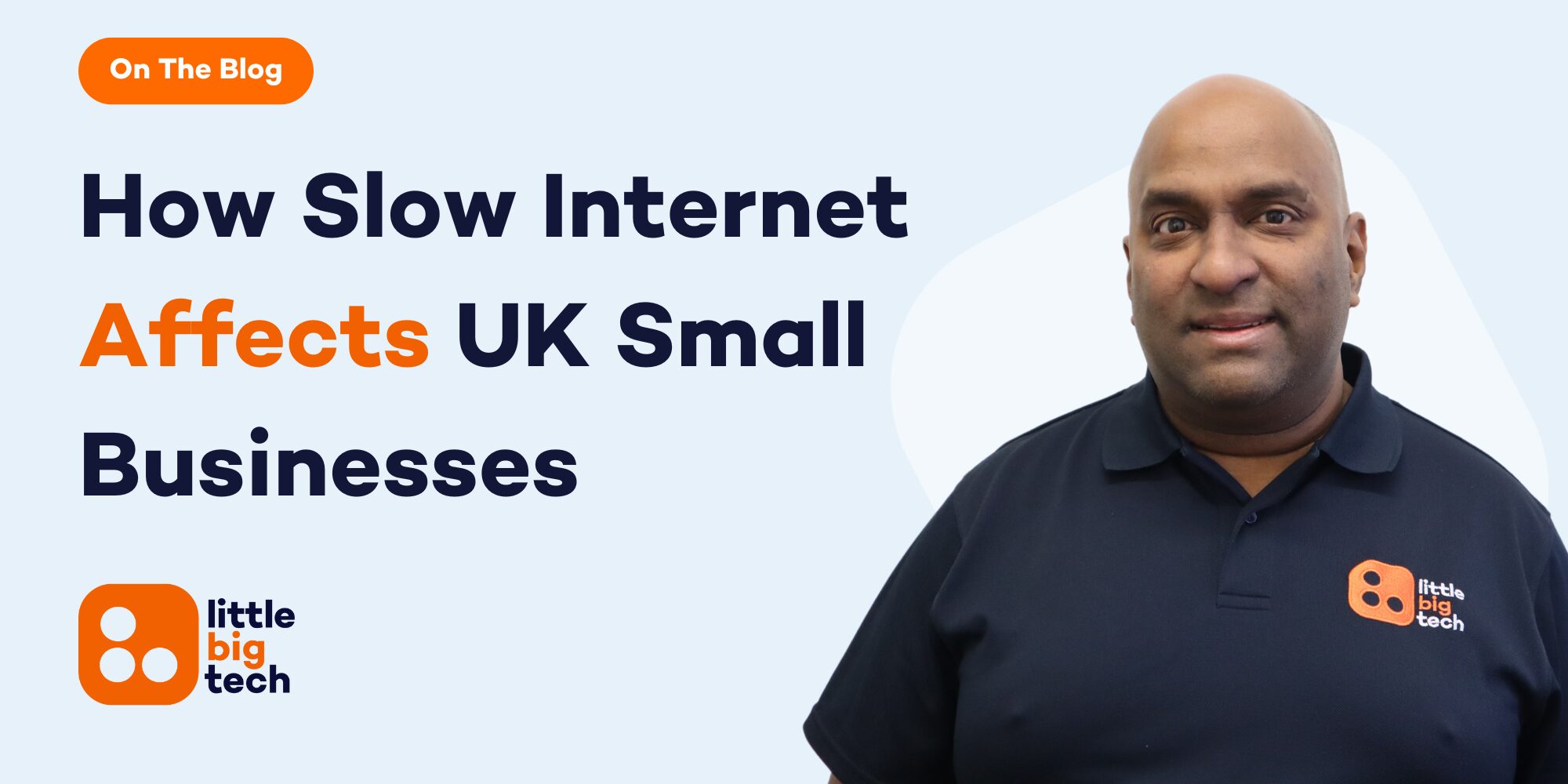Understanding Parental Guidance On Devices
Child protection on devices is a growing concern for parents in 2025. As children become more connected through technology, the need for safeguarding their online experiences has never been greater. With the internet being an essential part of their education, entertainment, and social lives, ensuring that kids are protected from harmful content and online threats is a priority. In this guide, we will explore the importance of child protection on devices and offer simple yet effective ways parents can ensure their children are safe online.
The best way to ensure child protection on mobile or other devices is by taking proactive steps, such as setting up parental controls, using monitoring software, and educating your child about online safety. Protecting your child online not only keeps them safe from inappropriate content, but it also safeguards them from cyberbullying, identity theft, and predators. In 2025, digital safety for children is more essential than ever, as many children access the internet for schoolwork, entertainment, and socialisation.
Whether your child is using a tablet, smartphone, or laptop, it’s vital to make use of the tools available to help manage their online activities. This article provides a comprehensive guide to help you ensure your child’s online experience is safe, healthy, and appropriate for their age. From setting up parental controls to understanding monitoring software, we will cover everything you need to know to keep your child protected from digital dangers.
Why Is Child Protection On Devices Important?
Child protection on mobile or other devices is critical in today’s digital age. As technology becomes a central part of children’s lives, the risks associated with online activities grow. Without the right precautions, children may encounter harmful content, such as explicit material, inappropriate ads, or even dangerous individuals posing as online friends. These risks highlight why it’s so important for parents to stay vigilant and set up protective measures.
Inappropriate content is one of the most common dangers children face online. Whether it’s through social media, online games, or browsing, children may unknowingly come across material that’s not suitable for their age. The impact of exposure to such content can be harmful to a child’s mental and emotional well-being.
Another significant concern is cyberbullying. With so much of children’s communication happening online, the chance of them becoming victims of bullying increases. Cyberbullying can take many forms, from hurtful comments on social media to nasty messages in online games. The effects of cyberbullying can be long-lasting, leading to anxiety, depression, and even self-esteem issues.
Furthermore, children’s personal information is also at risk. Online predators are becoming increasingly sophisticated, and children might unknowingly share personal details that can lead to dangerous situations. Having child protection measures in place helps prevent children from engaging with such threats.
By actively setting up child protection on mobile or other devices, parents can protect their children from these risks. With the right tools and strategies in place, it’s possible to create a safe online environment where children can learn, explore, and play without the dangers of inappropriate content, cyberbullying, and online predators.

Setting Up Parental Controls For Effective Child Protection On Devices
One of the first steps in ensuring child protection on mobile or other devices is setting up parental controls. Almost all devices, whether smartphones, tablets, or computers, have built-in parental control features that can help restrict access to harmful content, monitor usage, and set screen time limits. These controls provide a simple way for parents to manage their child’s online experience and prevent access to inappropriate material.
For example, on an iPhone or iPad, parents can set up restrictions through the “Screen Time” feature. This allows you to limit access to apps, websites, and content that may not be suitable for your child. On Android devices, the Google Family Link app can be used to monitor and control the apps your child uses, as well as set time limits for daily use.
By setting up content filters, parents can ensure that their children are only able to access age-appropriate content. These filters can block explicit websites, limit social media usage, and restrict access to adult-rated apps and games. With the right parental controls in place, you can ensure your child stays safe while using their device.
Moreover, setting up time limits for device use is an essential part of child protection on devices. Excessive screen time can have negative effects on a child’s health and well-being, from disrupted sleep patterns to issues with focus and attention. Parental controls allow you to establish daily limits on screen time, helping your child develop healthy habits and maintain a balanced lifestyle.
Using parental controls is a simple yet effective method of ensuring child protection on mobile or other devices. It provides peace of mind for parents, knowing they have the ability to manage and monitor their child’s digital activities.
The Role Of Monitoring Software In Child Protection On Devices
In addition to setting up parental controls, using monitoring software can further enhance child protection on mobile or other devices. Monitoring software offers a more in-depth level of oversight by tracking your child’s online activities, including the websites they visit, the apps they use, and the people they interact with. These tools can provide valuable insights into your child’s online behaviour and alert you to any potentially harmful situations.
Some of the most popular monitoring tools include apps like Qustodio, Norton Family, and Bark. These applications allow parents to track text messages, monitor social media accounts, and view browsing history. Some apps also offer location tracking, so you can keep tabs on where your child is using their device. By using monitoring software, you can stay informed about your child’s digital life, ensuring that they are not engaging with harmful content or strangers online.
Many monitoring tools also offer real-time alerts. If your child is visiting inappropriate websites or engaging in potentially dangerous behaviour, you’ll receive an immediate notification. This allows you to act quickly and address any issues before they escalate.
While monitoring software is a powerful tool for ensuring child protection on devices, it’s important to use it responsibly. Open communication with your child is essential. Discuss with them why you are using the software and set clear boundaries for their online activities. This helps maintain trust while also keeping them safe.
Monitoring software provides an extra layer of security, complementing the parental controls already set up on your child’s devices. It allows you to have a more hands-on approach to ensuring your child’s online safety, while still giving them the freedom to explore and enjoy the internet in a secure environment.

Creating Healthy Screen Time Habits For Child Protection On Devices
One of the best ways to ensure child protection on mobile or other devices is by creating healthy screen time habits. Spending too much time on devices can have negative effects on a child’s physical and mental health, including eye strain, poor posture, and difficulty sleeping. Additionally, excessive screen time can expose children to more online risks, such as cyberbullying, inappropriate content, and contact with strangers.
To encourage healthy screen time habits, parents should set clear rules and boundaries for device use. One effective method is to establish specific times during the day when screens can be used, such as after homework or during certain hours on weekends. This ensures that your child’s screen time is balanced with other important activities, such as outdoor play, family time, and schoolwork.
It’s also important to set limits on how long your child can use their devices each day. For example, the American Academy of Pediatrics recommends no more than two hours of screen time per day for children aged 6 years and older. By setting and enforcing time limits, you can help your child avoid the negative effects of too much screen time while still allowing them to enjoy their devices in a healthy and controlled manner.
Another important aspect of creating healthy screen time habits is to model positive behaviours as a parent. Show your child how to use devices responsibly by limiting your own screen time and engaging in other activities with them. When parents lead by example, children are more likely to follow suit.
Creating a balance between screen time and other activities is essential for child protection on mobile or other devices. By setting limits and encouraging other forms of engagement, you can help your child develop healthy habits and stay safe online.
What To Do If Your Child Faces Online Threats: Child Protection On Devices
Even with the best protections in place, it’s possible that your child may encounter online threats, such as cyberbullying, inappropriate content, or online predators. It’s important to know how to respond if this happens and to teach your child how to deal with these situations.
The first step is to stay calm and listen to your child’s concerns. It’s essential to maintain an open line of communication, so your child feels comfortable coming to you with any issues they encounter online. Encourage your child to report anything that makes them feel uncomfortable or unsafe.
If your child is being bullied online, help them block the person who is causing harm and report the incident to the platform or app provider. Most social media platforms have reporting features that allow you to alert them to harmful behaviour. Additionally, many platforms have tools to help you manage your child’s account settings and restrict access to certain people or content.
If your child has encountered inappropriate content, it’s important to discuss what happened and reassure them that they did nothing wrong. Use this as an opportunity to teach your child about the importance of not sharing personal information with strangers and to encourage them to report inappropriate content in the future.
In cases where your child’s safety is at risk, such as online predators or dangerous interactions, it’s crucial to act quickly. Contact the relevant authorities, such as the police or the platform provider, and take steps to remove any potential threats.
By teaching your child how to recognise and respond to online threats, you can help them navigate the digital world safely and confidently.
Protecting Your Child With Comprehensive Child Protection On Devices
In 2025, ensuring child protection on mobile or other devices is more important than ever. With so much of children’s lives happening online, it’s essential for parents to take steps to safeguard their children’s digital experiences. From setting up parental controls and using monitoring software to creating healthy screen time habits, there are many ways to ensure your child’s safety online.
As a parent, it’s your responsibility to stay informed about the latest tools and strategies for protecting your child from online threats. At Little Big Tech, we offer expert advice and guidance on how to implement effective child protection measures for devices. We can help you navigate the complexities of online safety and ensure that your child is protected from inappropriate content, cyberbullying, and online predators.
If you’re looking for assistance in setting up child protection on devices, contact Little Big Tech today. Our team of experts can provide you with the tools and advice you need to keep your child safe online. Take action today and give your child the protection they deserve!

